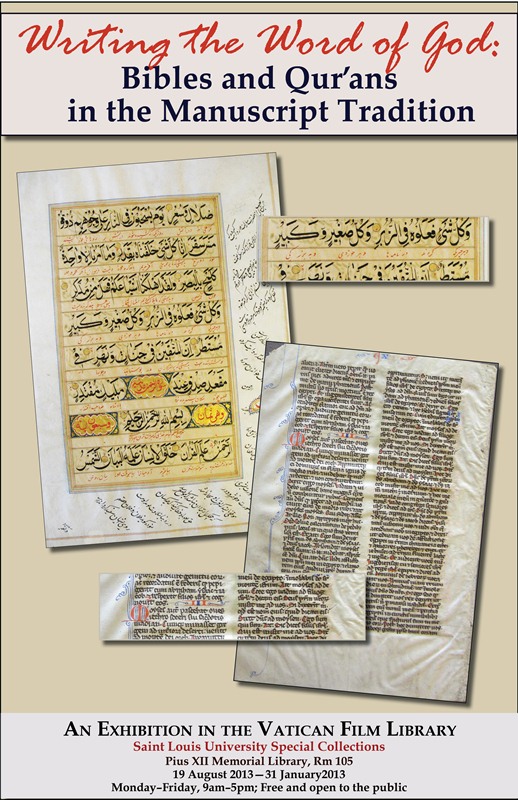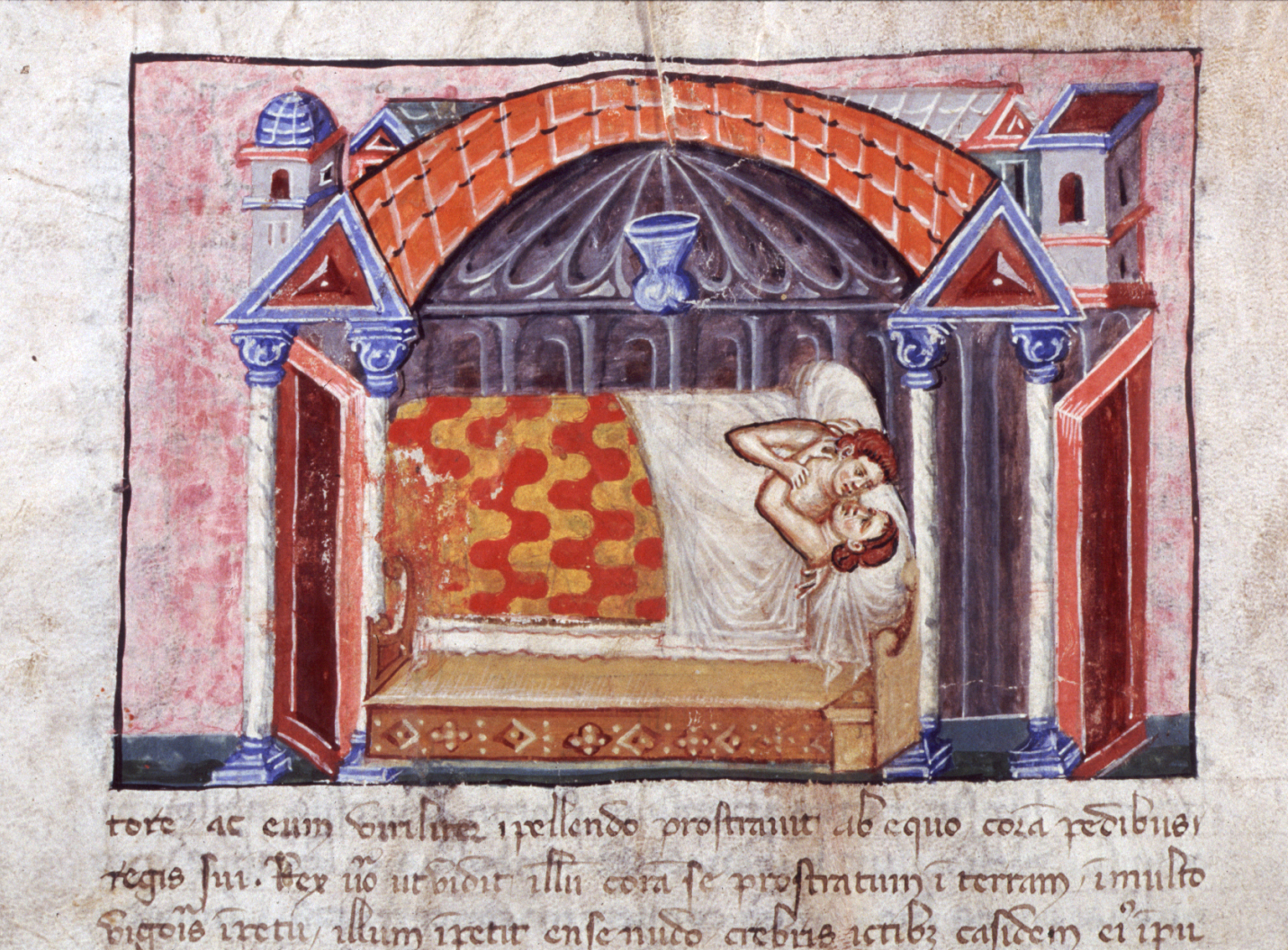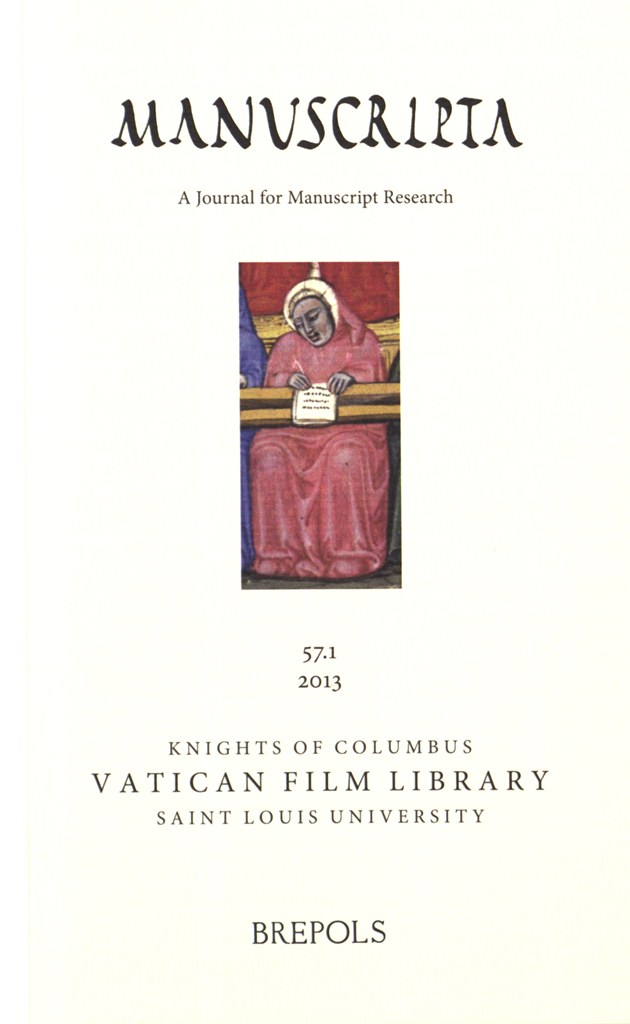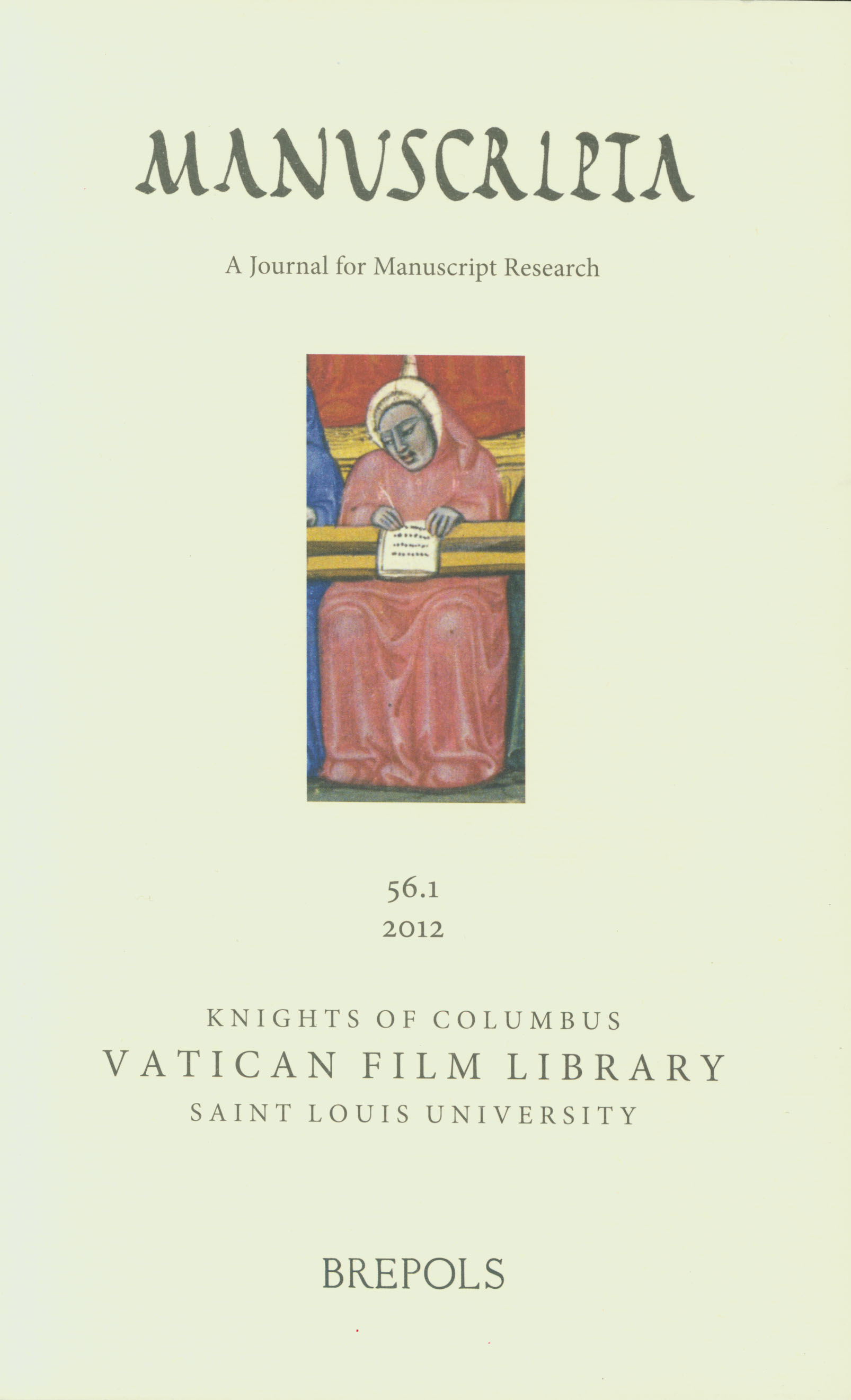The Vatican Film Library is pleased to announce its current exhibition, Writing the Word of God: Bibles and Qur’ans in the Manuscript Tradition, on display Monday through Friday from 9:00 am to 5:00 pm, running 1 September 2013–31 January 2014 in the Vatican Film Library of Pius XII Memorial Library.
Curated by Amy Boland, doctoral candidate in the History Department and research assistant in the Vatican Film Library during summer 2013, this exhibition draws on her expertise with Islamic scripts and traditions, and provides an opportunity to put on view some of our primary resources written in Eastern languages. It showcases a number of the Vatican Film Library’s Bible and Qu’ran manuscripts and reveals both the shared and distinctive features of Christianity’s and Islam’s approaches to the written word of God.
In Islam, Christians are known as ′Ahl al-Kitāb, or the “People of the Book,” a special term recognizing Christians as followers of the Bible, a scripture revealed to them by God. Muslims believe that Muhammad also received revelations from God, much as Abraham, Moses, and Jesus had, and that he was the last of God’s prophets. His revelations are contained in the Qur’an, the scripture of Islam. Both the Bible and the Qur’an, therefore, are considered the Word of God, divinely inspired and revealed to his people. As Christians and Muslims share a faith in the monotheistic God of Abraham, their holy books share a common textual tradition.
The exhibit is divided into three sections, highlighting the organizational, decorative, and didactic elements typical to the holy books of each religion: Textual Organization; Decorating Scripture; and Studying Sacred Texts. In the first, the physical division of early Bibles into book divisions, later subdivided into chapters and verses, is compared with the division of the Qur’an into thirty sections of equal length, or ajiza’, with each section called a juz’. In terms of decoration, the absence of human figures is a characteristic feature of Islamic religious art. Traditionally the Qur’an and other religious texts, objects, and places are decorated with intricate calligraphy, geometric patterns, and floral motifs. Muslims do not include human and animal figures in their religious art, and in contrast, Christians embrace figural illustration when decorating their scriptures. Secular and sacred figures often interact in narrative scenes on the page to represent the stories that are recounted in the Bible.
By comparing these manuscripts, we can see how their common features helped Christians and Muslims understand and interact with their scriptures in meaningful ways, allowing us to develop a fuller appreciation of the relationship between the two faiths.
For further information, contact Susan L’Engle, Assistant Director of the Vatican Film Library, at 314-977-3084, lengles@slu.edu.

 by
by 


